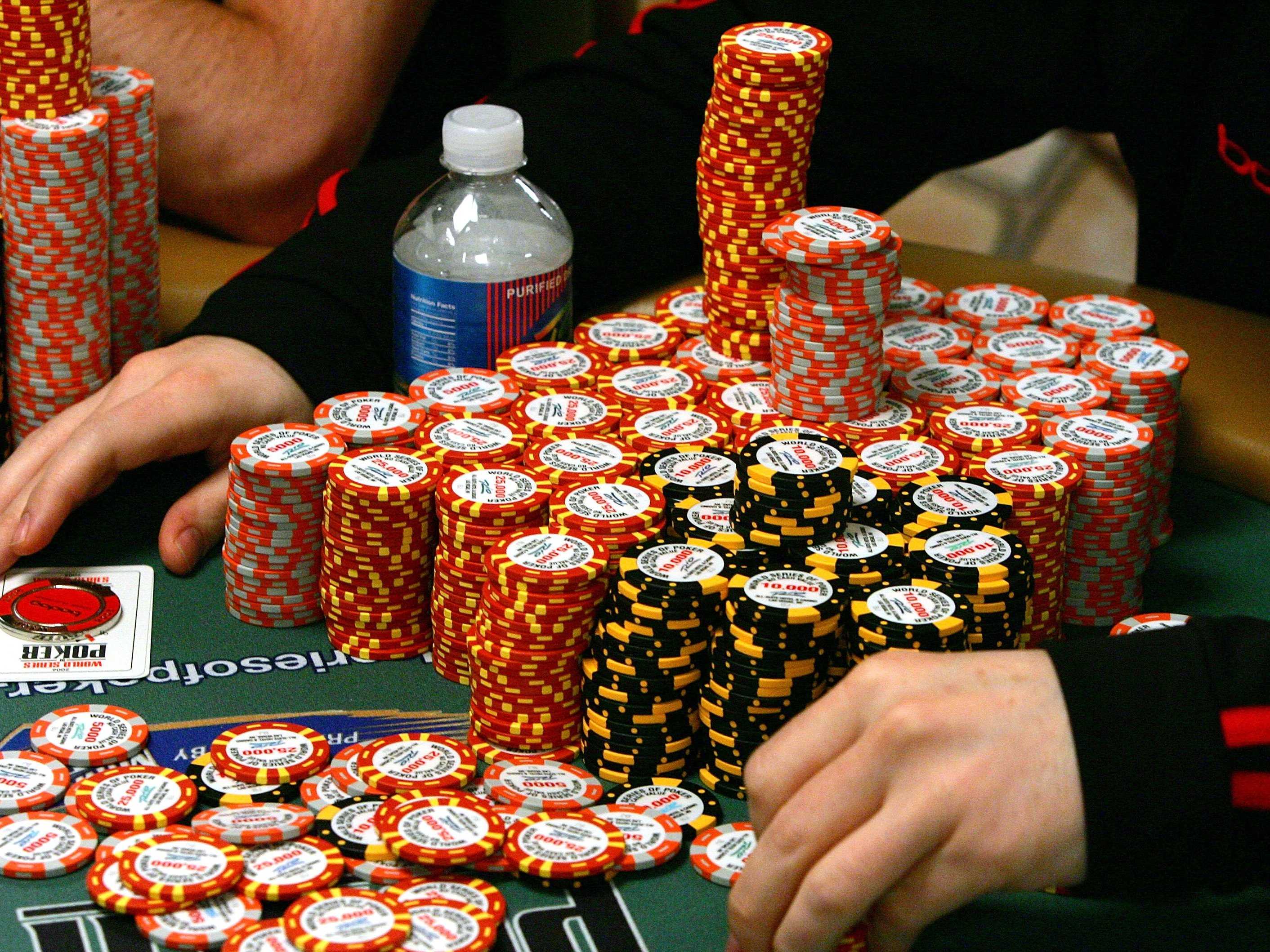In the second half of the 20th century, the first use of glass to scam a casino occurred in Las Vegas, Nevada.
Nowadays, there are dozens of variations of the scheme, though they all revolve around the same concept. Because the gist is so simple and lucrative, thanks to the scheme, fans of easy money have been padding their pockets for decades.
What Are Glass Chips?
Using a glass to scam a gambling institution has happened in many casinos, but the most successful case was in Sun City Casino in South Africa. Then as now, South Africa was the largest country on the continent, and had casinos as luxurious as any high-profile betting establishment. The scam, which took place in the 80s, was carefully orchestrated.
For this type of fraud to succeed, several dozen people must be involved, including a number of casino employees. Initially, only the dealer was necessary for the sleight of hand, as their cooperation is required at the time of action. Later, as the scam grew in complexity, the number of casino employees involved mushroomed.
The process relies on the use of a hollow aluminum tube, the diameter of which corresponds perfectly to the diameter of the chip, meaning multiple chips could be hidden vertically within the tube. If the tube was high quality, since the exterior was colored to resemble a stack of chips, the two were visually indistinguishable. Importantly, at the very top part of the tube, a chip of small denomination was glued on, so even from above the tube looked identical to stacked chips.
Because in many games the chips are placed in horizontal rows, the scam could only be employed in games that operated with vertical stacks, which meant poker or blackjack were out.
In the US, the scam was popular at craps tables, as in the game chips are stacked vertically in front of the dealer.
In almost every region of South Africa though, and especially in Sun City casino, craps attracts very few gamblers. As a result, the fraud could only take place in the high-stakes game of Punto Banco, a variation of baccarat. Key to the scheme, a feature of the game is that during Punto Banco, stacks of chips are placed directly in front of casino employee.
How It Works
The fraudulent tube was stained to resemble a stack of five chips, each valued at 10 rand (the currency of South Africa). In other words, though only the top chip was worth 10 rand, the tube looked as if it were a stack of 50 rand.
When gamblers were preparing to perform the scam, they also made sure to play at an active table, as a large number of players helps distract from what is happening. The player would first offer a bet of 50 rand and move the fake tube forward. If they won the bet, the dealer would award the operative 50 rand, plain and simple.
In this case, though, the scam worked better when the agent lost the bet. When the gambler lost, the dealer—who was in on the fraud—would pull the tube toward them. Then, because the diameter of the glass perfectly fit the size of the chips, the dealer would discreetly place four 100-rand chips into the tube, which still outwardly looked like a stack of five 10-rand chips.
Then, the operative would ask to exchange a 50 rand note into smaller denominations, at which point the dealer would hand him back the glass tube containing the 4 100-rand chips. As a result, the criminal loses 50 rand, but receives in return 400 rand, meaning a profitability of 350 rand per hoax.
For the operatives, their ideal situation was to play at a table amongst high rollers, because 10 and 50 rand were not large denominations. Since larger bets were going all around them, casino administrators paid little attention to the gamblers’ tiny bets, which meant there was little risk of their fraud being detected.
















